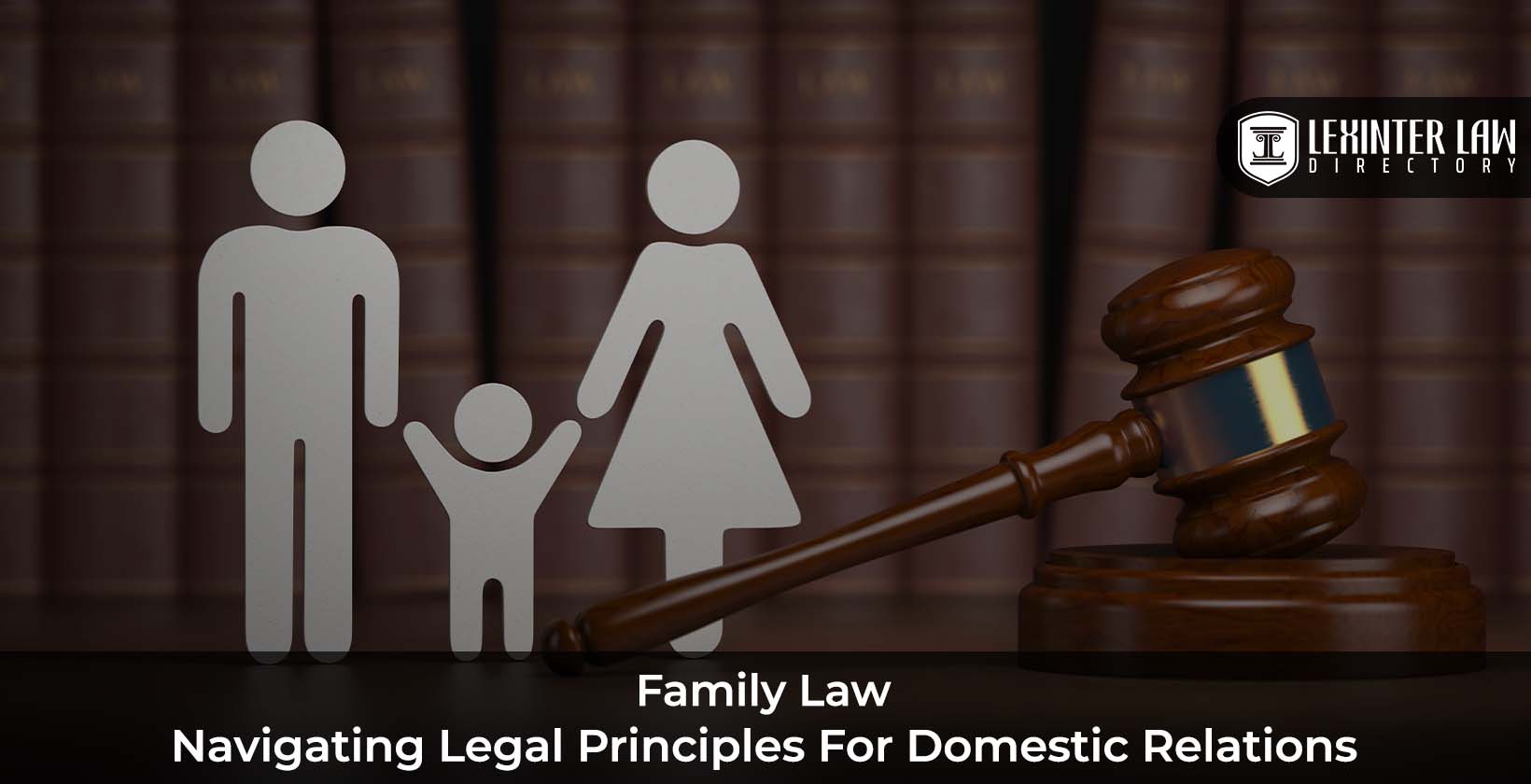What to Do After a Car Accident
Imagine this – you’re driving along, minding your own business, when suddenly, boom! Another car slams into yours. It’s a jarring, frightening experience that can leave you feeling disoriented and unsure of what to do next. Here’s a comprehensive guide to help you navigate the aftermath of a car accident:
1. Stay Calm and Check for Injuries
In the immediate aftermath of a car accident, it’s natural to feel shaken. But it’s crucial to stay calm and assess the situation. First, check yourself for injuries. If you’re able to move, carefully get out of your vehicle and walk around to check for any visible wounds. Then, check on your passengers, if there are any. If you or anyone else is injured, call 911 immediately.
Once you’ve checked for injuries, move your vehicle to a safe location if possible. This will help prevent further damage or injuries.
If you’re feeling dazed or confused, it’s best to stay put and wait for help to arrive. Moving around could worsen any potential injuries.
While waiting, try to stay calm and breathe deeply. You may be feeling scared, angry, or even guilty. It’s important to remember that it’s not your fault and that you’re not alone. Help is on the way.
If you’re able, gather as much information as you can about the accident, including the other driver’s details, insurance information, and any witnesses who may have seen what happened.
Finally, don’t sign any documents or give any statements to the other driver or their insurance company before speaking to your own insurance company or an attorney.
Accident of car: What to do after a car accident
After a car accident, it’s important to stay calm and safe. Ensure your safety and the safety of others involved in the accident. Pull over to the side of the road if possible, and turn on your hazard lights. Call 911 immediately to report the accident. If you’re injured, seek medical attention immediately.
Exchange Information
Once you’re safe, exchange information with the other drivers involved in the accident. This includes your name, address, phone number, insurance information, and license numbers. You should also get the names and contact information of any witnesses.
Document the scene
Take pictures of the accident scene, including the damage to your car and the other vehicles involved. If possible, get a copy of the police report. This documentation will be helpful when you file an insurance claim.
Report the accident to your insurance company
As soon as possible after the accident, report it to your insurance company. They will need to know the details of the accident, including the date, time, location, and the names of the other drivers involved. Your insurance company will then send an adjuster to inspect your car and determine how much your claim is worth.
Get a copy of your medical records
If you were injured in the accident, you should get a copy of your medical records. This will help you track your injuries and treatment, and it will be helpful when you file an insurance claim.
Hire an attorney
If you were seriously injured in the accident, you should consider hiring an attorney. An attorney can help you navigate the legal process and get you the compensation you deserve.
Car Accident? Here’s What You Need to Do
A car accident can be a scary and confusing experience. If you’re involved in one, it’s important to know what to do. Here are the steps you should take:
Call the Police
Report the accident to the police, even if it seems minor. The police will create an accident report that will document what happened. This report will be helpful if you need to file an insurance claim or if you decide to take legal action.
Exchange Information
Once you’ve called the police, exchange information with the other driver(s) involved in the accident. This includes your name, address, phone number, insurance information, and license plate numbers. You should also take photos of the damage to both vehicles.
Get a Medical Exam
Even if you don’t feel injured, it’s important to get a medical exam after a car accident. Some injuries, such as whiplash, may not be immediately apparent. A doctor can check for injuries and recommend treatment if necessary.
Report the Accident to Your Insurance Company
You should report the accident to your insurance company as soon as possible. Your insurance company will investigate the accident and determine who is at fault. They will also help you file a claim and get your car repaired or replaced.
Hire an Attorney
If you’re injured in a car accident, you may want to consider hiring an attorney. An attorney can help you get the compensation you deserve for your injuries.
A car accident is a jarring, disorienting experience. Your mind races, your heart pounds, your entire world seems to narrow down to the twisted metal and shattered glass that surrounds you. In the midst of this chaos, it’s easy to forget what you should do next. But if you can stay calm and collect your wits, there are some crucial steps you can take to protect yourself and your rights.
Exchange Information
First and foremost, exchange information with the other drivers involved. This includes your names, addresses, phone numbers, insurance details, and license plate numbers. It might seem like a formality, but it’s essential for insurance purposes. Even if the accident seems minor, it’s always better to be safe than sorry.
After the accident, you’re probably feeling shaken and disoriented. But it’s critical to try and stay calm and collect your thoughts. The more information you can gather at the scene, the better prepared you’ll be to handle the aftermath.
For example, let’s say you’re involved in a car accident and the other driver is clearly at fault. They ran a red light, and you had the right of way. If you don’t get their insurance information, you could be left footing the bill for the repairs to your car. Or, if you’re injured, you could be left without the medical care you need.
So, take a deep breath and focus on getting the information you need. It could save you a lot of headaches down the road.
Aftermath of a Car Accident: Essential Steps to Take
The aftermath of a car accident can be a chaotic and stressful time. It’s crucial to maintain composure and prioritize safety, documentation, and communication. Here’s a comprehensive guide to help you navigate these trying circumstances:
Document the Scene
In the immediate aftermath of an accident, it’s paramount to gather as much evidence as possible. This includes taking photos of the damage to all vehicles involved, capturing any injuries sustained, and documenting the surrounding area. By doing so, you’re creating a visual record that can strengthen your case and protect your rights.
Start by taking wide shots of the accident scene, capturing the overall layout and the positions of the vehicles. Then, move in closer to capture close-up images of any visible damage, including dents, scratches, and broken parts. If possible, take photos from different angles to provide a comprehensive record.
In addition to vehicle damage, document any injuries sustained by yourself or others involved in the accident. Take photos of any visible wounds, cuts, or bruises, as well as any clothing or equipment that may have been damaged during the impact. These photos can serve as valuable evidence in the event of an insurance claim or legal dispute.
Finally, take photos of the surrounding area, including traffic signs, streetlights, and any other landmarks that may be relevant to the accident. These photos can help establish the context of the incident and provide a clearer picture of what happened.
By thoroughly documenting the accident scene, you’re building a strong foundation for your case and protecting your rights. Remember to take photos of everything you can think of, and don’t hesitate to capture multiple angles and close-ups. These images will prove invaluable in the long run.
An Accident of Car: What to Do Next?
A car accident can be a harrowing experience, but it’s important to remain calm and collected in the aftermath. Here’s what you should do after a car accident:
Get Medical Attention
Seek medical attention immediately, even if you don’t feel injured. Some injuries, like concussions or whiplash, may not be apparent right away. It’s better to get checked out by a medical professional who can assess your injuries and provide appropriate treatment.
Exchange Information
Once you’ve ensured your safety and the safety of any passengers, exchange information with the other driver(s) involved. This includes your name, contact information, insurance details, and license plate numbers.
Document the Scene
Take pictures of the accident scene, including the damage to your vehicles, any injuries, and the surrounding area. This documentation will be helpful if you need to file an insurance claim or take legal action.
Report the Accident
In most states, you are required to report any car accident to the police. They will create an accident report that can be used as evidence if needed.
Contact Your Insurance Company
Notify your insurance company about the accident as soon as possible. They will guide you through the claims process and help you get the compensation you deserve.
Hire an Attorney (Optional)
If you or someone in your vehicle has serious injuries or the other driver is disputing fault, consider hiring an attorney. An attorney can protect your rights and help you get fair compensation for your injuries and damages.
A Catastrophic Collision: Navigating the Aftermath of a Car Accident
In the heart-pounding aftermath of a car accident, it’s human nature to feel overwhelmed and disoriented. However, taking the right steps immediately can make a world of difference in protecting your well-being and safeguarding your rights. Here’s a comprehensive guide to help you navigate this challenging time.
Secure the Scene
First and foremost, ensure your safety and that of any other individuals involved. If possible, move your vehicle to the side of the road to avoid further collisions. If you’re unable to move your car, activate your hazard lights.
Call for Help
Dial 911 immediately to report the accident and request medical assistance if necessary. Be sure to provide a clear description of the incident, including the location, time, and any injuries sustained.
Gather Information
Once you’re safe, exchange information with the other driver(s) involved. This includes names, contact details, insurance policy numbers, and license plate numbers. If there are witnesses, ask for their names and contact information as well.
Take Photos
If possible, take pictures of the accident scene, including the damage to both vehicles, any skid marks, and the surrounding area. These images will serve as valuable evidence for your insurance claim.
Seek Medical Attention
Even if you don’t feel injured immediately, it’s crucial to seek medical attention within 24 hours. Some injuries, such as concussions or whiplash, may not manifest symptoms right away. A doctor can assess your condition and provide appropriate treatment.
Contact Your Insurance Company
Notify your insurance company about the accident as soon as possible. They can provide guidance on filing a claim and assist you in navigating the insurance process. Here are some important steps to take:
- Be specific: Provide your insurance company with detailed information about the accident, including the date, time, location, and parties involved.
- Provide documentation: Submit copies of any police reports, medical records, or photos you have gathered.
- Cooperate with the investigation: Your insurance company may request additional information or ask you to submit to an interview. Cooperating with the investigation will help ensure your claim is processed fairly.
- Consider hiring an attorney: If the accident was severe or you have complex injuries, you may want to consider hiring an attorney to represent you.
Recovering from the Wreckage: A Comprehensive Guide to Handling an Auto Accident
In the heart-pounding moments following a car accident, it’s like time slows to a crawl. The impact rattles your senses, and your mind races, trying to make sense of the chaos. In the aftermath, as adrenaline gives way to throbbing pain and disorientation, knowing what steps to take can seem daunting. But don’t let the fog of confusion cloud your judgment. The decisions you make now can have long-lasting consequences.
Preserve Evidence
In the wake of an accident, every piece of evidence is like a puzzle piece, contributing to a clearer picture of what happened. Gather all medical records, police reports, witness statements, and insurance documents. Preserve any photos of the accident scene, including damage to vehicles and property. Don’t forget to document your injuries, both physical and psychological. These details will be invaluable in determining fault and securing compensation.
Seek Medical Attention
Even if you don’t feel any immediate pain, it’s crucial to seek medical attention. Adrenaline can mask injuries, and some symptoms may not manifest until days or weeks later. A thorough checkup will rule out any hidden problems and provide documentation of your injuries for insurance purposes.
Contact Your Insurance Company
As soon as possible, notify your insurance company about the accident. They will guide you through the claims process and assign an adjuster to assist you. Be honest and thorough in your account of the incident, but avoid admitting fault or signing anything without reviewing it carefully.
Gather Witness Information
If there were any witnesses to the accident, their testimony can be vital in supporting your claim. Get their contact information and a brief statement of what they saw. Their impartial perspective can help establish the facts.
Protect Your Rights
In the maze of insurance companies, legal jargon, and medical bills, it’s easy to feel overwhelmed. Consider hiring an attorney who specializes in car accident cases. They can protect your rights, negotiate with insurance companies, and guide you through the legal process.
Negotiate a Fair Settlement
Insurance companies are businesses with a bottom line. They may try to offer you a settlement that falls short of what you deserve. Don’t be afraid to negotiate and stand your ground. Document all expenses related to the accident, including medical bills, lost wages, and property damage. Use this documentation to support your demands for fair compensation.
File a Lawsuit (If Necessary)
If negotiations with the insurance company reach a dead end, you may need to consider filing a lawsuit. This should be a last resort, as lawsuits can be time-consuming and expensive. However, if the insurance company is refusing to cooperate or is offering an inadequate settlement, a lawsuit may be your only option for pursuing justice.
The Aftermath of a Car Accident: A Comprehensive Guide to Navigating the Legal Landscape
In the aftermath of a car accident, navigating the legal system can be a daunting task. Here’s a step-by-step guide to help you understand your rights and protect your interests:
1. Seek Medical Attention
Your health is the top priority. Seek medical attention immediately to ensure your injuries receive the appropriate care. This documentation is crucial for determining the severity of your injuries and supporting any legal claims you may pursue.
2. Contact Law Enforcement
Reporting the accident to law enforcement is essential. Their accident report provides documentation of the incident, including the details of the collision and any witnesses. This report may become key evidence in any legal proceedings.
3. Exchange Information
Gather the necessary information from the other driver(s) involved in the accident. Exchange insurance details, driver’s licenses, and contact information. Make sure to also take down their license plate numbers.
4. Document the Scene
Evidence at the accident scene can provide valuable information. Take pictures of the damage, skid marks, and any other relevant details. Note the location, time of the day, and weather conditions.
5. Notify Your Insurance Company
Promptly notify your insurance company about the accident. They will guide you through the claims process and help you recover your losses.
6. Seek Legal Advice
If you have any questions about your legal rights or the other driver’s liability, consider consulting an attorney. A lawyer can advise you on filing a claim, negotiating a settlement, or representing you in court.
7. Understand Insurance Coverage
Become familiar with your insurance policy and the coverage it provides. Determine the amount of coverage you have for medical expenses, property damage, and lost wages.
8. Gather Medical Records
Keep a detailed record of your medical treatment, including doctor’s appointments, tests, and any surgeries. These records will help support your claim for damages.
9. Calculating Damages
Accurately assessing your damages is crucial in determining the value of your claim. Consider medical expenses, property damage, lost wages, and pain and suffering. It may be helpful to obtain estimates from doctors, repair shops, and economists to support your claim.
a. Medical Expenses: Document all medical bills, including hospital stays, doctor’s visits, medications, and therapy. Estimates for future medical expenses should also be included.
b. Property Damage: Obtain estimates for the repair or replacement of your vehicle. If the damage is extensive, you may need to hire a professional appraiser.
c. Lost Wages: Calculate the amount of wages you have lost due to the accident. Provide documentation from your employer or tax returns.
d. Pain and Suffering: While there is no exact formula for valuing pain and suffering, consider the severity of your injuries, the impact on your daily life, and the duration of your recovery.
e. Other Damages: Don’t forget to include any other expenses related to the accident, such as transportation costs or the replacement of personal items.




Leave a Reply